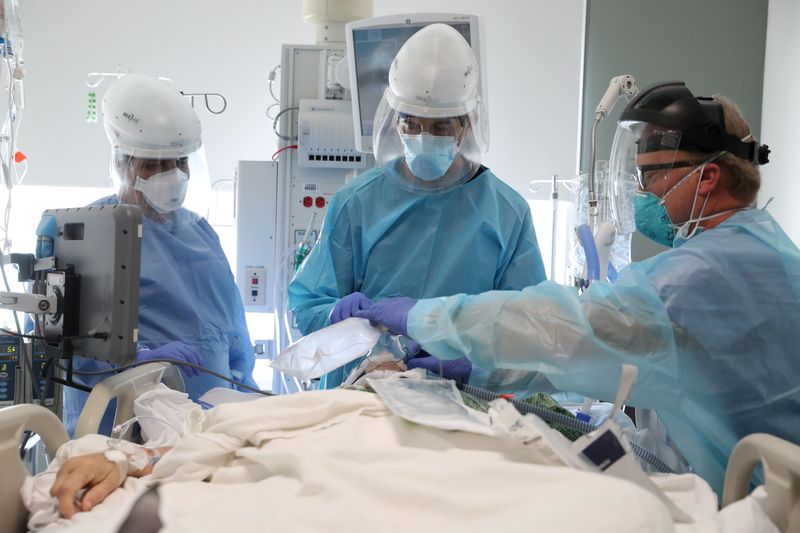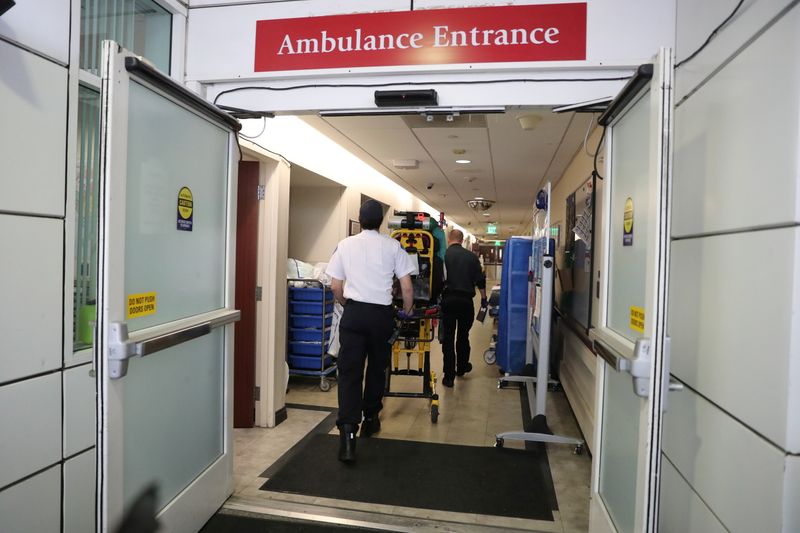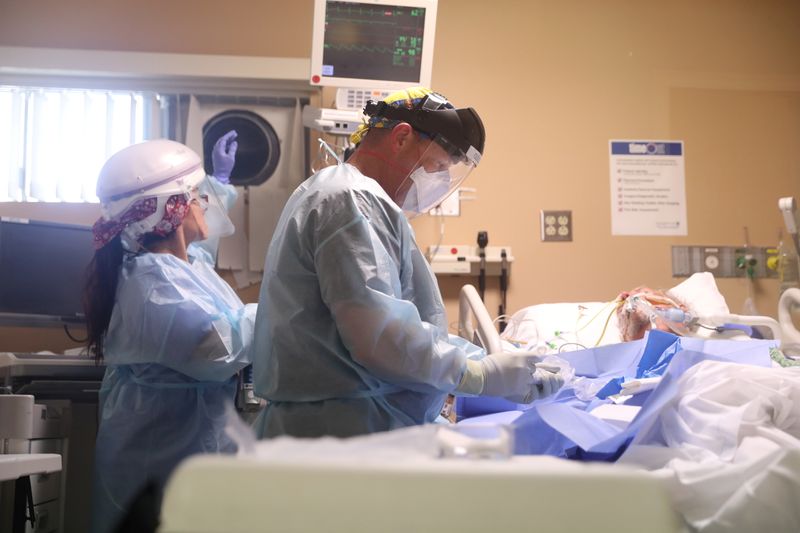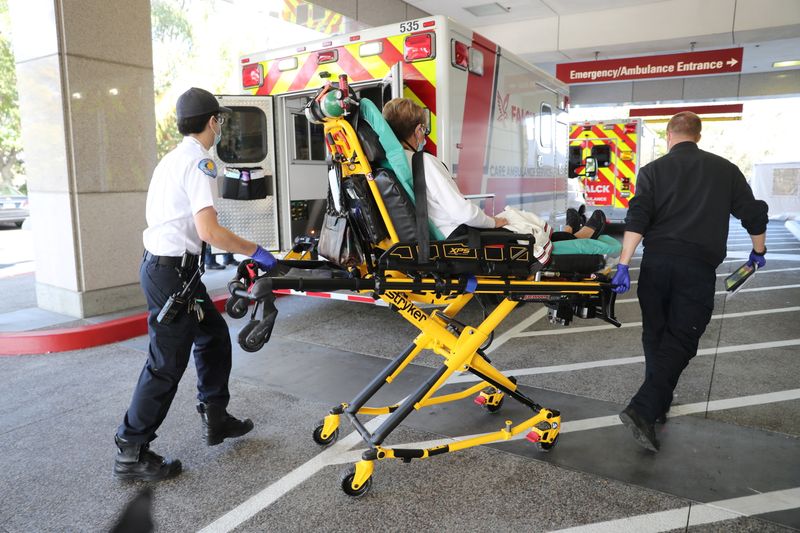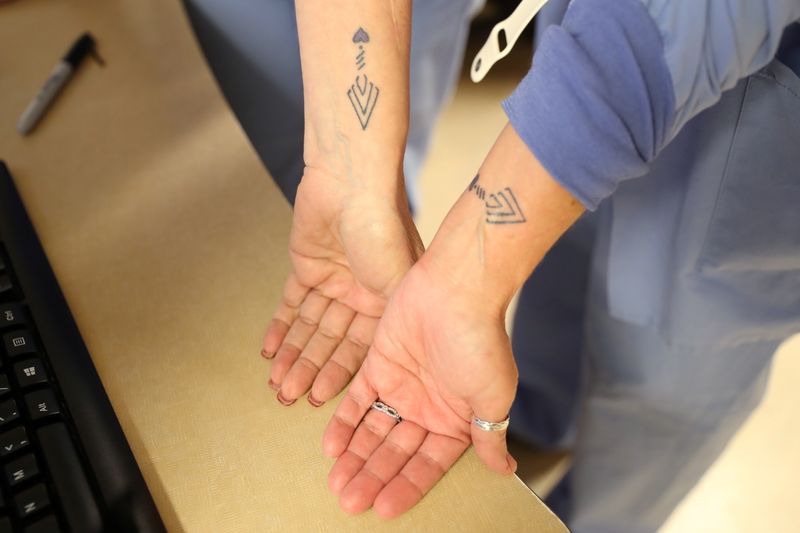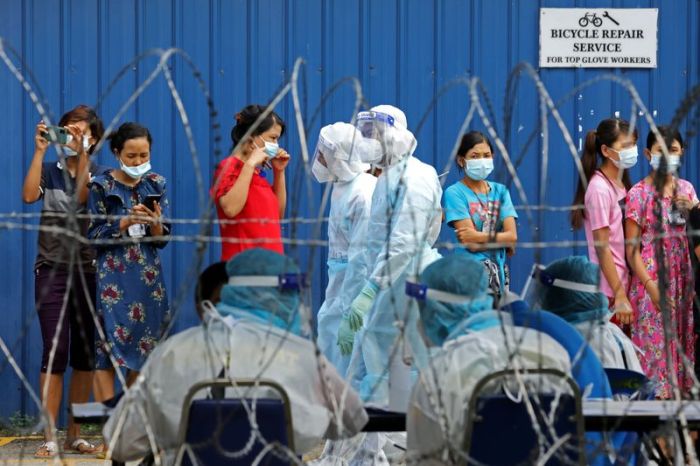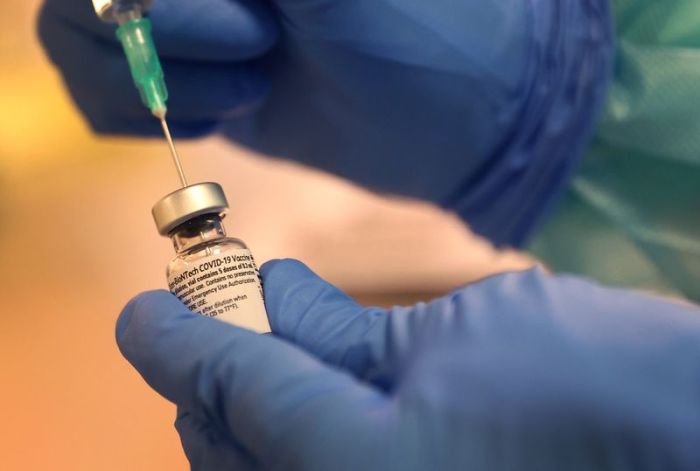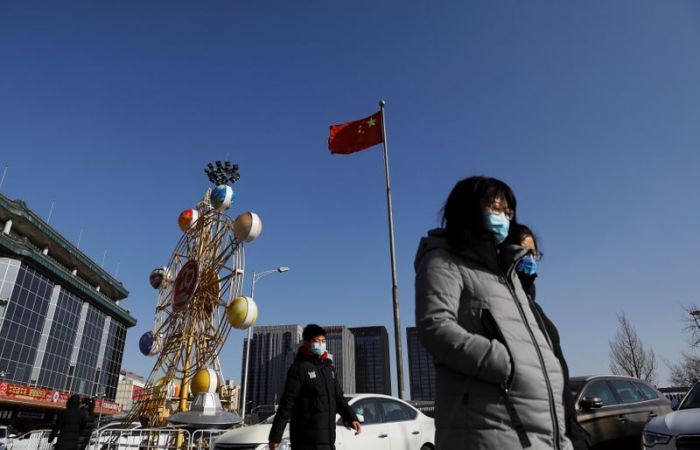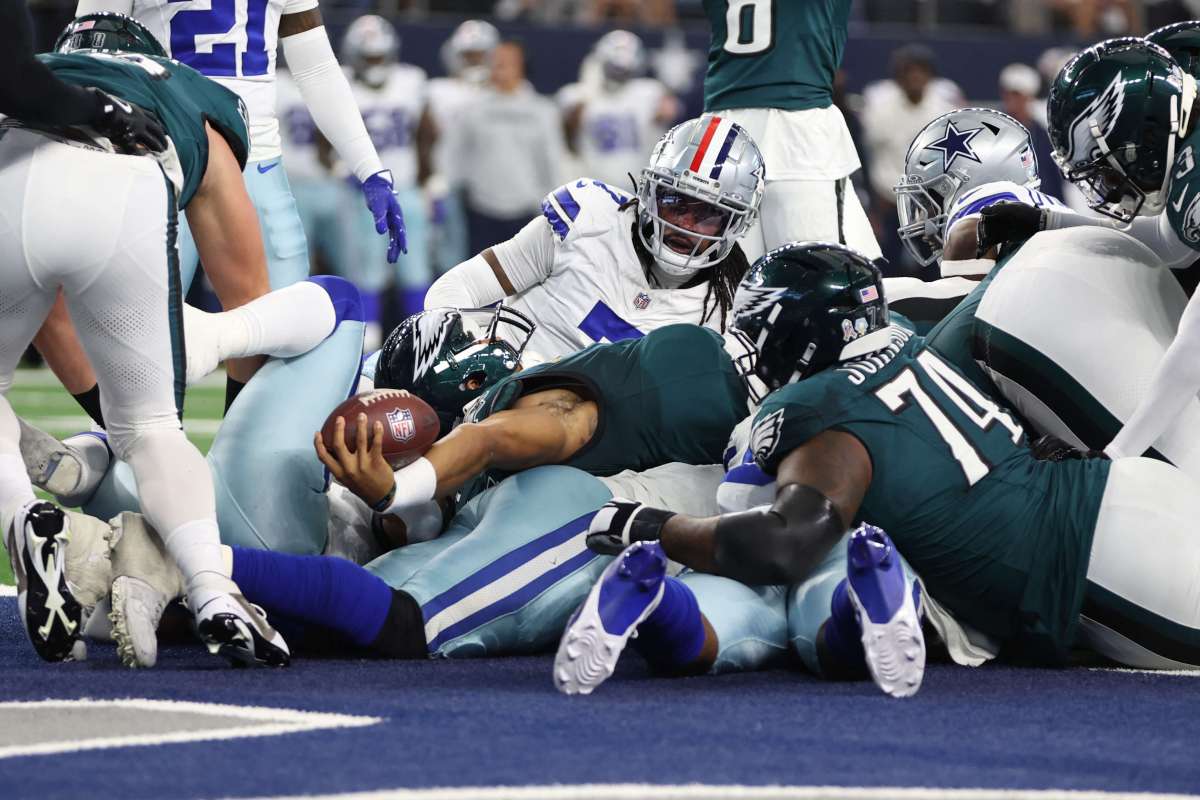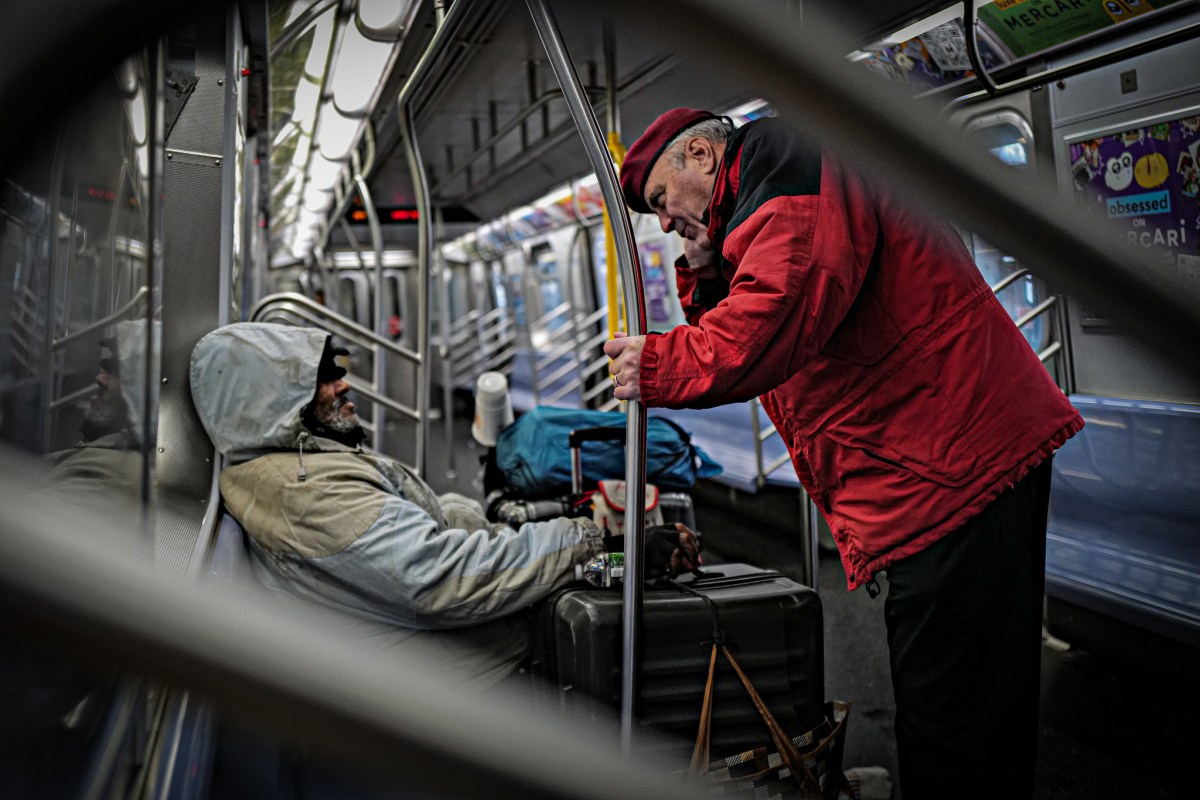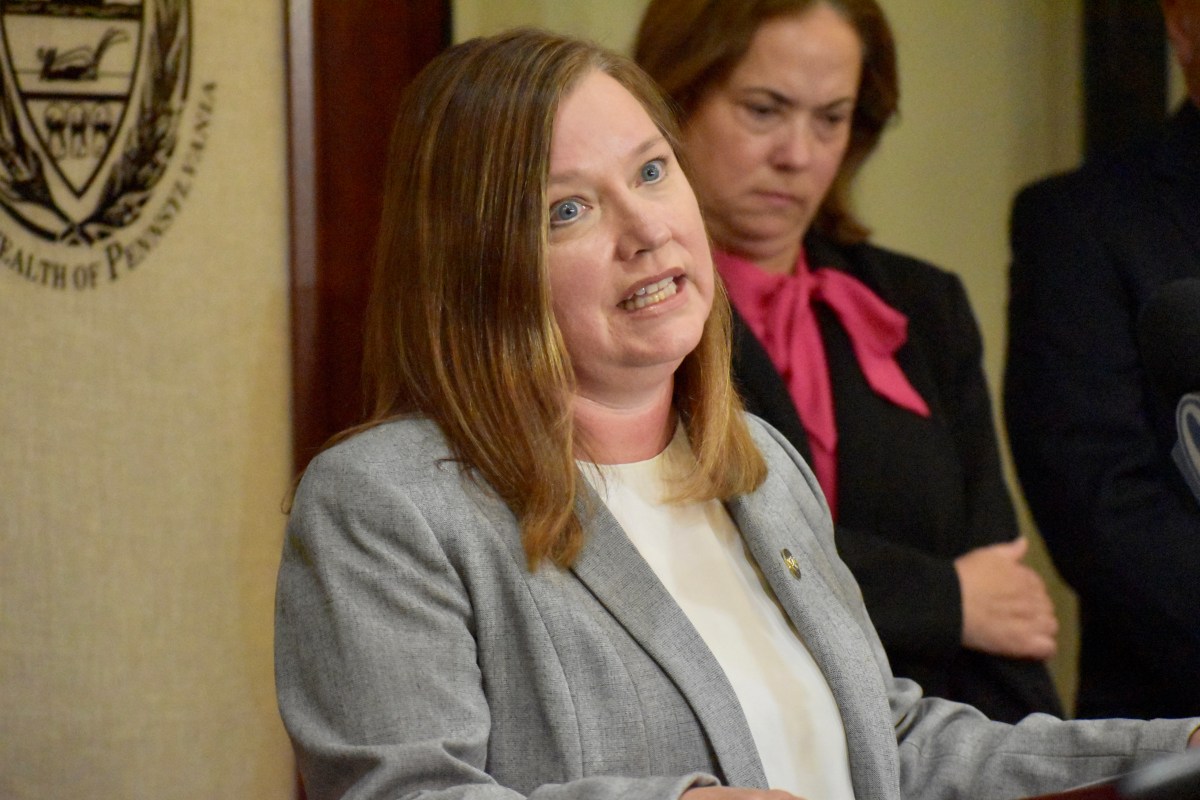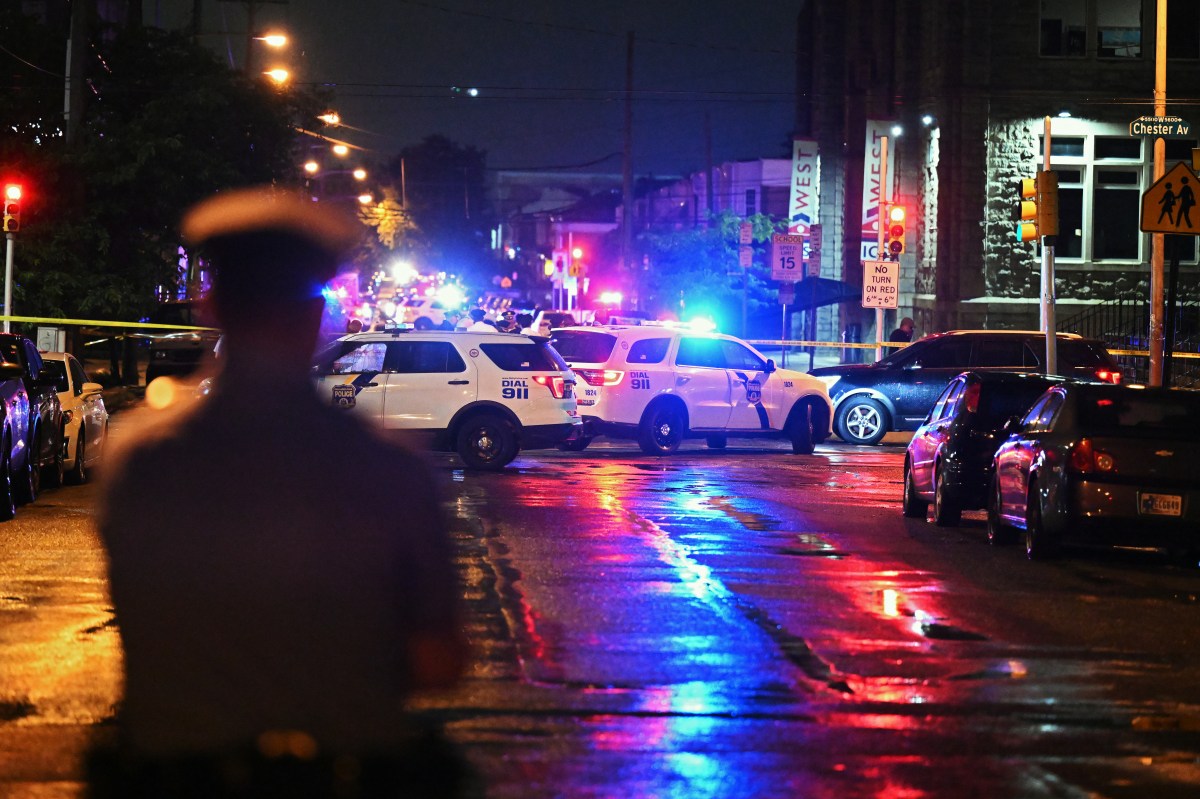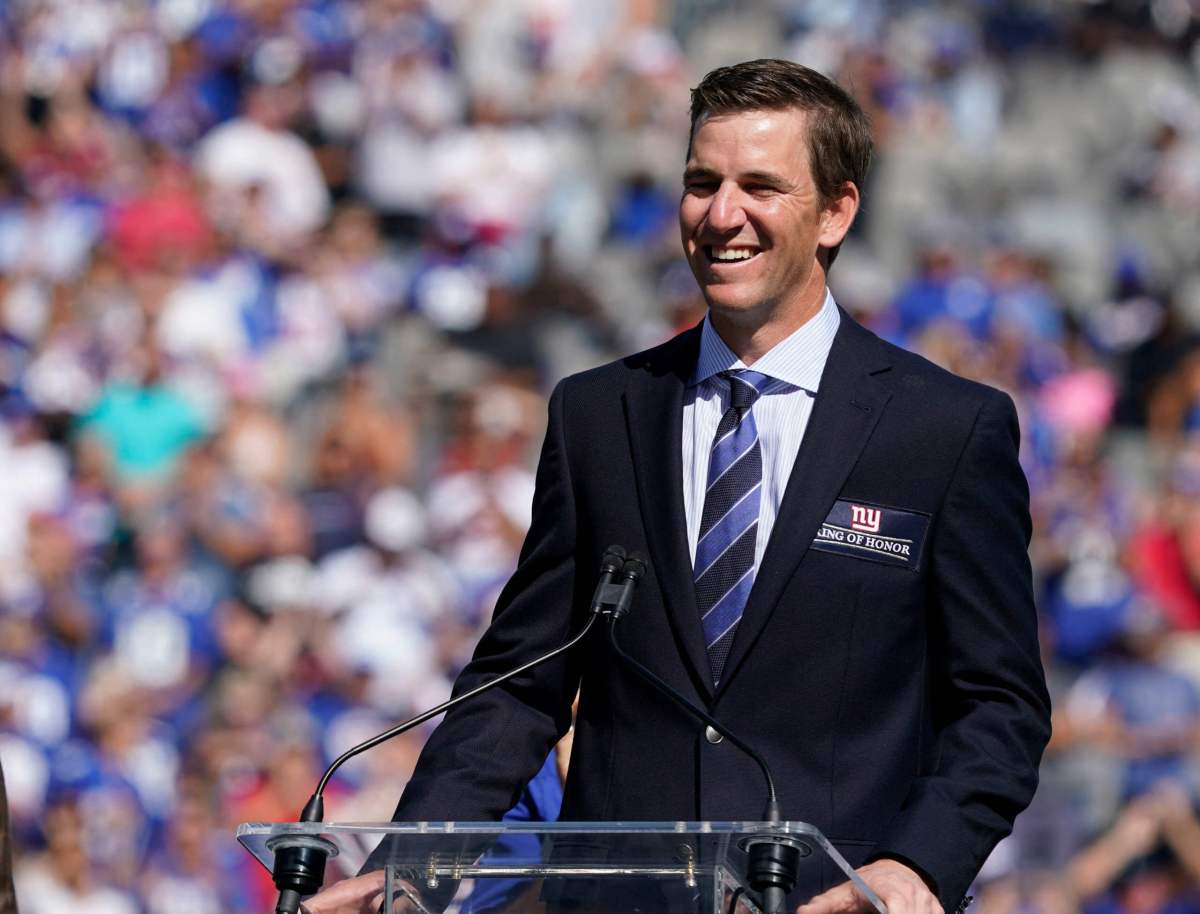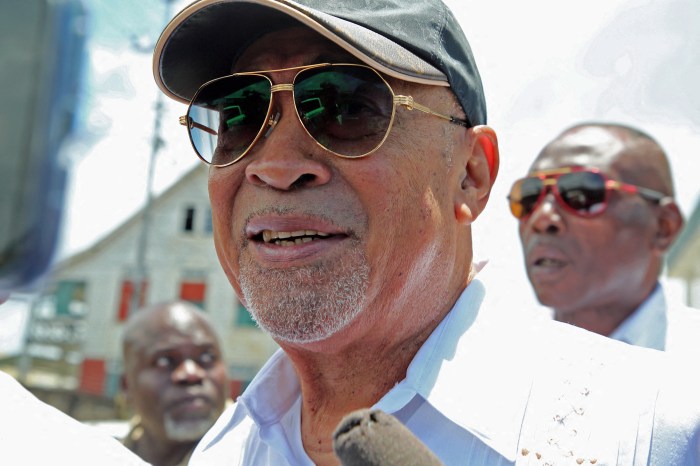(This January 5 story refiles to clarify in 5th paragraph that ambulance delay occurred at a separate hospital)
MISSION VIEJO, Calif. (Reuters) – Southern California is so overwhelmed with coronavirus cases that patients are backed up trying to get into hospitals, and corpses get stuck in another logjam once they leave.
At one hospital in Orange County, ambulances loaded with patients are lining up outside waiting for space in the intensive care unit, and COVID-19 patients fill the emergency room hallway.
In nearby Los Angeles County, where people are dying of the disease at the rate of one every eight minutes, and other hard-hit areas, refrigerated trailers will be brought in to provide extra corpse-storage capacity.
“When we get filled up with COVID patients, we can’t take care of the community in general,” said Dr. Jim Keany, 54, the managing partner for emergency physicians at Providence Mission Hospital in Mission Viejo. “Every bed is full, every nurse and doctor is occupied taking care of COVID patients.”
One patient waited in the ambulance more than five hours at another nearby hospital before being admitted, Keany said.
Despite strict stay-at-home measures that were fortified across most of the state last month, California, the most populous state with nearly 40 million people, leads the United States with nearly 2.6 million COVID-19 cases, over a million more than the next state, according to a Reuters tally of official data.
Its death toll of more than 28,000 trails only those of New York and Texas.
With the bodies accumulating, the California Office of Emergency Services said it has arranged to send 88 trailers to needy areas around the state.
The Los Angeles County Coroner’s Office headquarters will receive 10 morgue trailers, in addition to 12 set up there in April, said spokeswoman Sarah Ardalani.
Orange County officials had previously allowed hospitals to divert patients elsewhere when they were full, but now that virtually all the hospitals have reached capacity that policy has been rescinded, resulting in long waits for treatment, Keany said.
“We are pushing our carpenters and facility people to an extreme in trying to build out space where we can manage patients,” Keany said.
Dr. Robert Goldberg, 44, a pulmonary and critical care physician at Providence Mission Hospital, called on the public to help reduce the threat by wearing masks, maintaining social distance and getting the vaccine once it becomes available.
“COVID is real. It’s life-threatening,” Goldberg said. “People of all ages are dying. We need to work together. We need to get through this together.”
(Reporting by Lucy Nicholson; Additional reporting by Steve Gorman and Jane Ross; Writing by Daniel Trotta; Editing by William Mallard)

